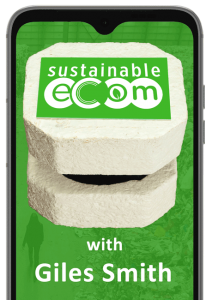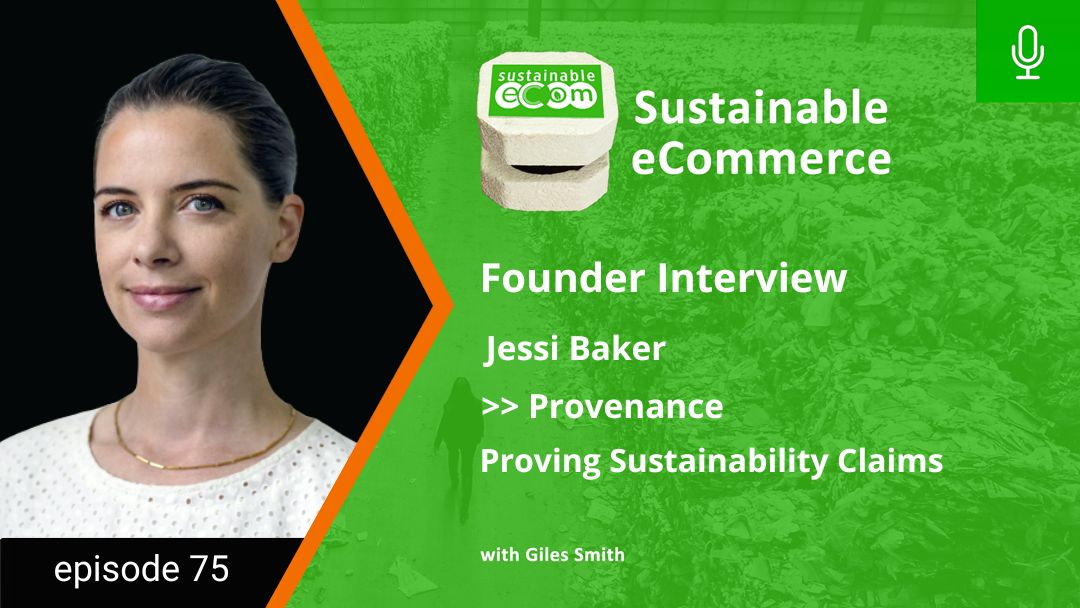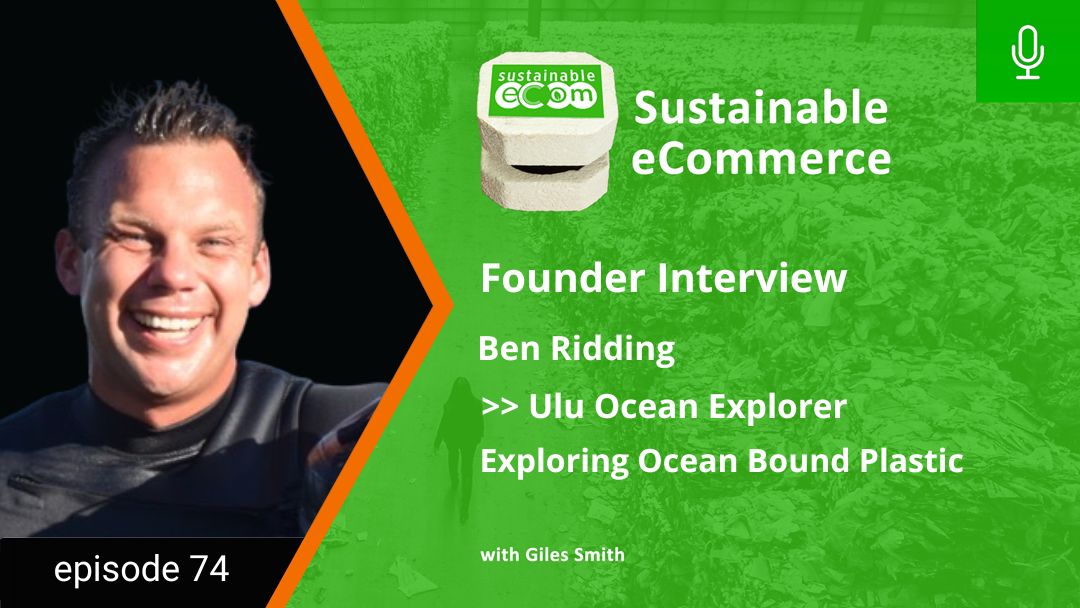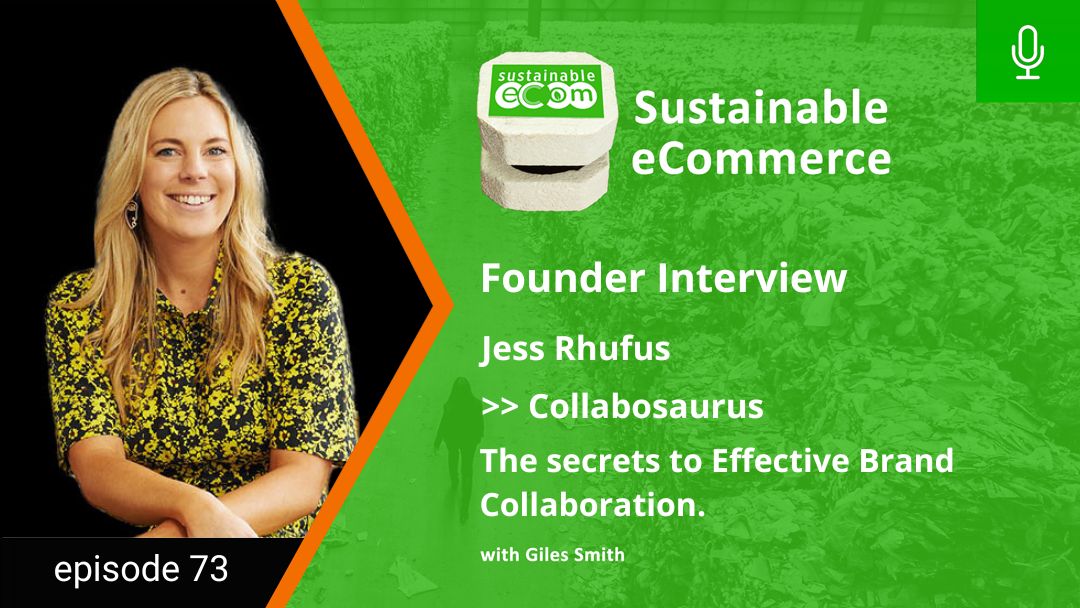Welcome to Episode 12 of the Sustainable eCommerce Podcast!
In today’s show I’m joined by Becs Perkasky, Co-Founder of Better Packaging Co. Packaging is without doubt pivotal to sustainability in ecommerce.
On the one hand, it's absolutely essential to our business model. Shipping orders is the one thing every eCom businesses does, and it's having an enormous impact on our environment. I’ve seen some estimates suggesting that up to 40% of landfill is generated from product packaging, in one form or another.
On the other hand, making conscious selection of packaging is the easiest starting point to operating a more sustainable business.
One of the things I love about Better Packaging Co in particular is that while most of us are looking at how we can minimize our impact with sustainable packaging, Becs & the team are re-inventing the notion of doing less harm, and working towards a future where packaging actually has a positive impact. That’s a voice that should give us all pause of thought.
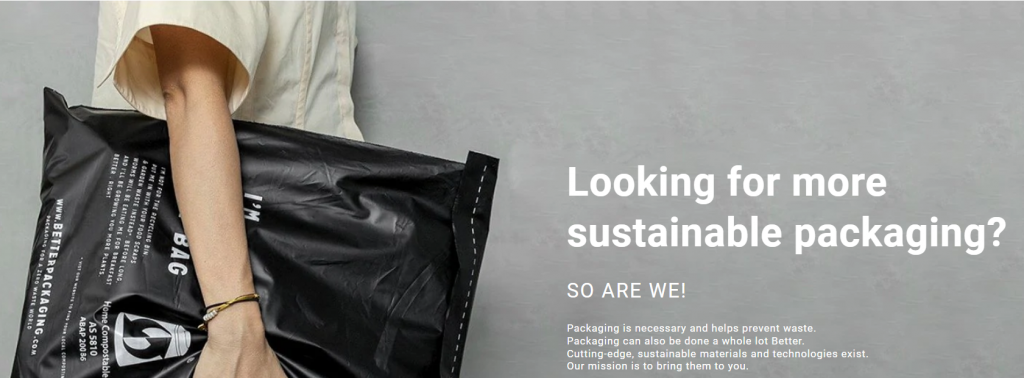
Giles Smith: Becs Percasky, welcome to the show!
Becs Percasky: Thank you. Delighted to be here.
Giles Smith: One of the critical on-ramps for sustainability of traditional brands is definitely into the sustainable packaging space. But before we get into all that, maybe we could start by giving us your origin story.
Becs Percasky: Absolutely. So, I'm one of the co-founders of The Better Packaging Co.
We're really using packaging as a force for good to fight poverty, pollution and climate change. I actually have a technology background. I started my life as a developer 20 odd years ago, and ended up working in consulting. I've always been incredibly conscious about waste, especially packaging waste.
It's something that's been on my radar for as long as I can remember, which related to how I was brought up. Until I was about 6, my parents took us around the world, making and selling jewellery and we lived in a motor home.
So we didn't have a lot of stuff, and everything we had was really well needed and used. And I think that really set a waste-free life. Much later, I co-founded a tech company Starshippit, which sits between eCommerce merchants and the courier companies, and it was there that I got to see how quickly e-commerce was going. And with that growth is just so much extra, additional packaging waste, and it really moved me and inspired me to do better and just find a better solution.

Giles Smith: That's fantastic. Why should brands start working with sustainable packaging instead of the plastic stuff that they can pick up at any post office?
Becs Percasky: Great question. I think there's just so many reasons! Everybody has had the experience when they've received something in the post and they're super excited, but they unbox it and it's just layer on layer of packaging. It's you just don't know what to do with it. In most cases, it's completely unnecessary.
When the consumer receives the product in their hands, that's one of the first times that they will interact with an e-commerce brand. So it's really important to really make it known what you stand for and who you are as a brand. Not only from an environmental perspective, but it also can be a really amazing branding opportunity as well.
Giles Smith: Yes, the packaging they receive is the first thing they see of your brand, which makes it an opportunity for making a statement, to making the whole experience memorable.
Becs Percasky: It's so true. What we found, when we launched a home compostable satchel back in 2018, the brands that were buying it were posting about it on social media and saying, “Hey, look at this incredible packaging that we're using”.
But, what we didn't anticipate was the people who were receiving it were actually starting to post about it on social media and doing a shout outs for the brand too. We were joking about courier satchels making it into Instagram posts, but I think it’s just testament to how important it is to consumers and what they're looking for. They vote with their wallets.
Now in 2022, there's so many amazing options out there. So there really aren't any excuses left for brands not to have sustainable packaging. I think the beautiful thing about these products is that for the most part they behave and operate exactly like their plastic counterparts, which means they’re a direct replacement and brands don’t need to change their processes.
Giles Smith: Yes, I think that's really powerful. I'd love to hear your take on what you’re seeing that consumers are expecting these days. What's the messaging coming back from the marketplace that drags this demand through for sustainable packaging?
Becs Percasky: As I mentioned. Consumers are voting with their wallets. 60% of consumers will choose {to buy from a brand} based on the brands packaging. We've had a number of customers come to us, and one in particular who had run a net promoter score assessment, where their number one complaint was around packaging. So that really drove them to want to make change.
Giles Smith: That’s actual proof, I suppose, that customers expectations around packaging is a real thing. Your customers are making decisions that you can't necessarily see, based on their perception of how you're sending things out.
You guys have brought some brilliant products out to market in the sustainable packaging & sustainable satchels space. Tell us what the options are, and as brands what should we use?
Becs Percasky: There are three real streams: We've got the compostable stream. We've got the recycled, and then the fiber-based types. For example, paper or agricultural waste. When you're making a decision, there's a number of factors you need to take into account regarding shelf life. How long do you need that product to last for? Does it need to be waterproof? What areas ate you actually shipping into because there's some states or some countries that might not have the infrastructure to take care of the packaging at end of life. So all of those considerations are really important.
Also, for many brands the choice comes down to having something that is aligned with their brand.
If you're looking at something that's compostable, really do the due diligence on the certifications. There's a massive difference between home compostable and commercially compostable. If it's certified home compostable, you can take care of it in your own backyard. If it's commercially compostable, then it needs to get into a commercial system and quite often they can be few and far between.

Giles Smith: OK so with regards compostable mailers, obviously shipment packaging needs to be durable. Compostable packaging is designed to break down. What do brands need to know when purchasing and using compostable mailers?
Becs Percasky: Regards the shelf life, our products have a 12 month shelf-life. So we really manage that stock carefully, and we're really careful with our communication with our customers. By the time the brand gets it, it make already have been around for 6-9 months, so when buying compostable mailers you do want to use it within the suggested time frame.
Giles Smith: OK, so that's compostable. What about the fiber type that you were talking about? Tell us more about that.
Becs Percasky: So there's a number of fiber options. Obviously, recycled paper and card is a really important part of the sustainable supply chain. And we've actually just released a new garment polybag as an alternative to traditional clear plastic bags. We've created that out of glassine, which is a fiber based product, but it's actually waterproof.
So that's a really neat product for brands wanting to remove plastic from their supply chains.
Obviously recycled paper is excellent for being compostable as well, if it’s not too heavy on printed material. So just think about reducing the ink usage as much as possible, but also be aware that making of paper can have quite a high carbon output. So that's just something to keep on your radar.
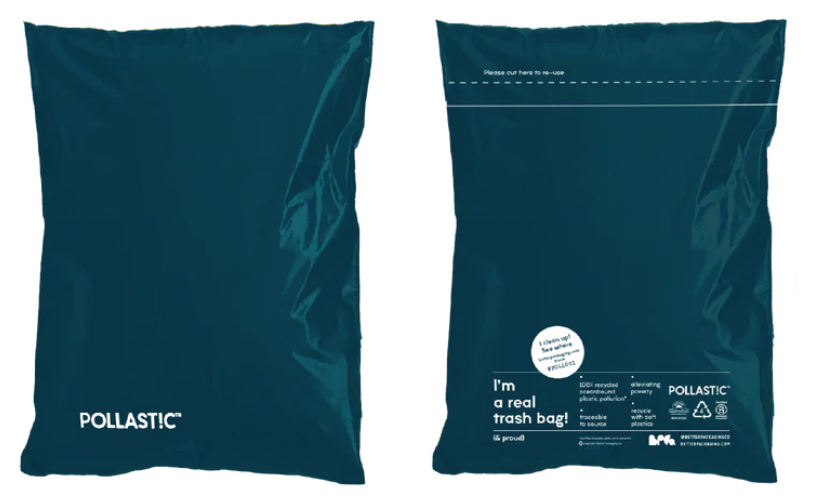
Giles Smith: I literally can't wait any longer, tell us about the ocean plastics satchels that you're making.
Becs Percasky: With pleasure, it's been one of the most amazing experiences. About18 months ago Kate my business partner and I decided to take away all our pre-conceived ideas about packaging and what packaging could be. We wanted to start with a clean slate. We landed on this concept of making packaging out of pollution and ocean bound pollution.
So, I'm really excited to say that late last year we launched a new range and it was a hundred percent made out of ocean bound, plastic pollution.
We're working with communities in Southeast Asia who are on the front line of global warming and paying them a fair wage to recover plastic pollution off the beaches and waterways, and we're converting that into packaging.
I think what I'm most excited about is that it delivers on 13 of the UN sustainable development goals. Its’ a whole shift of moving away from products that do less harm and using packaging to do a whole heap good. That just shifts the whole dial because suddenly packaging goes from being a sort of necessary evil to something that you can feel really good about.
Giles Smith: It’ not a straight line between deciding to have some people go and pick up some plastic off beaches and waterways, and actually making that into a very thin satchel. Ocean plastic, for anyone that is not aware, is a very polluted substance. Its has sand and organic matter and all sorts of other gubbins. So, tell us a little bit about the process of going from a huge pile of stuff that people have collected in Southeast Asia to actually making a satchel.
Becs Percasky: It's been incredibly hard. We've partnered with a number of great partners. We had to work on improving all the different stages, from washing to compounding and eventually blowing the film. Our first film just had holes in it. Even now when you hold it up to the light it has a graininess, that we call imperfections, which I really love because Ocean plastic is an imperfect material.
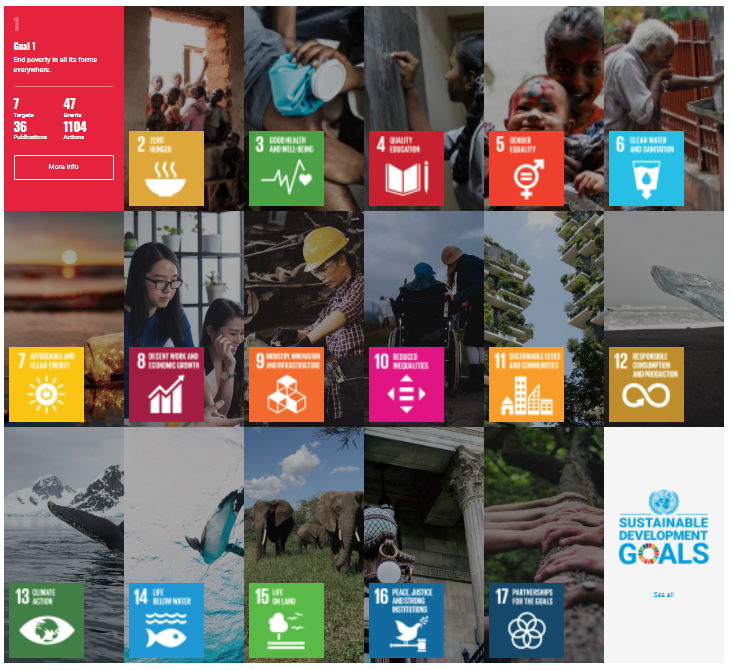
Giles Smith: What an inspiring journey! These Polastic ones are re-usable right? Or perhaps I should say multi-use?
Becs Percasky: Yeah, like everything we make. We have also just launched a reusable courier satchel, which can be used hundreds of times over called SWOP. That launched in Australia last year. It's a big part of our movement. We see re-usable as the only future. Our goal by 2030 for all of our packaging is to be reusable.
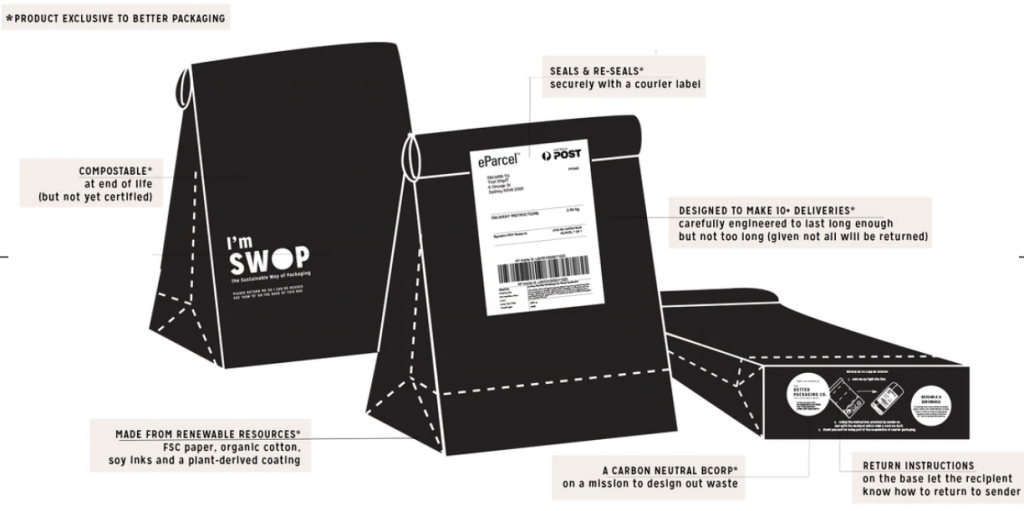
Giles Smith: How does that work to have something that's almost infinitely reusable as a satchel?
Becs Percasky: We always knew we wanted to make a reusable satchel, but we got caught up in questions like, how do we get them back? So we focused on getting the idea to market with brands that have a closed loop. Maybe a subscription model. So that's our phase one approach. The second phase that we're working on, uh, is around the technology to tag those bags and get them back into the network. And that's, that's something that we're working.
Giles Smith: So you see this as a kind subscription for brands where they acquire a bunch of satchels and they just keep reusing those?
Becs Percasky: That's definitely the long-term goal.
Giles Smith: Absolutely incredible. I love how forward thinking that you're being, not just releasing some really cool stuff now, but you've obviously got a whole R and D roadmap ahead for how we keep making packaging better.
But also how to turn packaging into a force for good, instead of just something that gets chucked into a compost bin at the end of the day. Where can brands get this amazing packaging from?
Becs Percasky: Yep, go online at betterpackaging.com and grab a sample pack or grab some packaging. It will ship out to you the same day.
Giles Smith: I love that advice. That's fantastic. Thanks so much for sharing that thought. Becs congratulations on what I think is definitely one of the most ground-breaking packaging companies, certainly accessible to us in Australia. Thanks for all the great work you're doing.
Key Takeouts from Today's Show
- The package, as it arrives in the mail, is the first physical interaction people have with your brand. That means it's a great opportunity to make that all important first impression. We know that for the customer, packaging is just a nuisance, and we know that more and more people are expecting better things from brands in terms of their packaging. If you’re NOT using sustainable packaging, are you missing out on amplifying your first impression, and could you in fact be turning people off from making repeat purchases?
- Secondly, when making choices about what type of sustainable packaging to select for your brand, if you choose compostable packaging, make sure its certified as home compostable. If it requires the customer to have access to an industrial compost facility it will probably end up in landfill anyway. And, remember that compostable satchels are designed to break down, so treat them like any inventory that has a shelf life.
- In the wise words of Becs herself, sustainability is a journey, so the best way to get started is to start out small.
On that note, Becs wanted to extend a massive 20% discount to any podcast listeners that want to try out their amazing range of sustainable mailers.
To take advantage of the offer simply head over betterpackaging.com and used code SUSTAINECOM20 at checkout.





